The Kurdish Roots of Kawa the Blacksmith and Newroz Resistanceω
The Kurdish Roots of Kawa the Blacksmith and Newroz Resistance
Mythological Origins
In one Kurdish version of the widely-varied myth, several thousand years ago there was an ancient tyrant named Zahak with two snakes growing out of his shoulders, who terrorized Eastern Kurdistan (northwest Iran) for 1,000 years. To continue living, he demanded daily nourishment in the form of two young men’s brains per day. Unknowingly however, his palace cooks saved one of the men each time and mixed the other brain with that of a sheep, while telling the survivor to flee up into the Zagros Mountains of Kurdistan.
Eventually, a blacksmith named Kawa—seeking freedom and revenge for his sons already eaten by Zahak—trained these spared mountain survivors (the original Kurds) into an army, and stormed Zahak’s palace, severing the heads of the snakes and killing the tyrannical king with a hammer he had crafted. To announce this victory and the lifting of the darkness which brought about a blossoming spring, a large fire was lit atop a mountain to let the people of ancient Mesopotamia know they were now free. As a result, fires are now a contemporary central motif in Kurdish Newroz festivals, where men and women often take turns jumping over the flames.
However, to fully understand why fire and Newroz holds such current political significance amongst many Kurds in the Kurdish liberation movement, you have to examine the last several decades and the sacrificial actions of the PKK in their battle against Turkish oppression.
PKK Resurrection through Fire
As part of the armed Kurdish liberation struggle in occupied Northern Kurdistan (southeast Turkey) which began in 1978, the PKK (Kurdistan Workers’ Party) utilized this story of Newroz and reactivated the festival as a symbolic day of resistance. Central to that contemporary myth was the idea of fire on Newroz.
These two variables famously entered the Kurdish collective consciousness during the dark days of the early 1980’s, when tens of thousands of Kurds in Turkey were imprisoned and tortured, with many serving time at the notorious Diyarbakir Prison No. 5 in Amed. And it was these cramped rat-infested jail cells and torture chambers which became the main site of early Kurdish political activism and sacrificial defiance.
For an idea of the hellish conditions faced there, one sixteen-year-old PKK prisoner named Hakkî—who would spend five years in No. 5—recounted his own horror of eighty-four straight days of torture, where prisoners were forced by the Turkish guards to eat bars of soap with razor blades inside of them, clean the floors by licking them, bite the heads off of live rats, and stand in pools of feces while the twenty prisoners in each cell took turns sleeping on the one available bed. Other eyewitness reports from Diyarbakir Prison No. 5 mention how the terrible screams of tortured prisoners could be heard day and night, as the mostly-Kurdish inmates were sodomized by batons, raped by guards, dunked into vats of excrement, terrorized by attack dogs, electroshocked, mutilated with dull knives, had their fingernails tore out, and only provided water mixed with laundry detergent to drink. Of note, following these despicable acts, the Kurdish prisoners would then be forced by their sadistic tormentors to enthusiastically sing the Turkish national anthem, praising the very state that was brutalizing them.
To protest against this endemic torture, oppression, and violation of their basic human rights by Turkey, PKK prisoners organized a hunger strike in December 1980. Their resistance continued through 1981 and 1982, and culminated in the Newroz night suicide of Mazlum Dogan on March 21, 1982, where he lit his cell on fire and hung himself. This act of defiance was followed by the self-immolation of four other PKK members: Esref Anyik, Ferhat Kurtay, Necmi Oner, and Mahmut Zengin on May 18, 1982, where they wrapped themselves in benzene-soaked newspapers and set themselves alight. When their PKK comrades attempted to put out the flames they refused, insisting that it was a “freedom fire.”
Indeed, the following year on Newroz Day in 1983, a PKK statement commemorated the one year anniversary of Mazlum Dogan’s ritualized suicide, honoring him as a “Contemporary Kawa.” These acts of Phoenix-like self-immolation would then reoccur throughout the next decade, highlighted by the Newroz of 1990, when Zekiye Alkan—a female Kurdish medical student at Dicle University in Amed—lit herself on fire on top of the old city walls to symbolically protest the brutal and systematic Turkish oppression taking place. That sacrificial act of Newroz defiance by a Kurdish woman would be followed up again in the ensuing years, with Rahsan Demirel doing so in the city of Izmir in 1992, and Nilgun Yildirim (aka Berivan) and Bedriye Tas (aka Ronahi) self-immolating on Newroz in Germany in 1994.
In all these aforesaid instances, the act of burning oneself should be seen as a calculated act of communication to the outside world, a desperate cry of a people’s collective pain that is being ignored. In a situation where the Turkish state had already destroyed thousands of Kurdish villages and controlled all of the media—while arresting or murdering any journalists trying to report on the death squads and oppression Kurds faced—lighting oneself on fire seemed like a way to both purify one’s dignity and recapture one’s self-agency amongst despair, while also projecting an impossible to ignore message of resistance to the wider public.
As such, beyond those fiery acts of self-immolation, popular revolts were also common around Newroz in Northern Kurdistan, causing the Turkish military to always have a built-up presence around this day of disobedience. The largest of these Newroz day massacres by the Turkish state would both occur in 1992 in the Kurdish towns of Cizîr and Sirnex. In the former—where a shopkeeper openly admitted to a British reporter that, “ninety-nine percent of the people here support the PKK, including me”—Turkish police opened fire on the crowd killing twenty four and wounding sixty; while in the latter, the death total was thirty-eight with 120 wounded.
It was for all these reasons that the Italian playwright Dario Fo, recipient of the 1997 Nobel Prize for Literature, reminded the world of the following observation in that same year:
“Kurdistan lives. It burns in the mind of every single person of the 35 million people who were robbed of their identity and made into refugees in Turkey, Iraq and Europe. It is burning and living in the fires of Newroz and in jails where 12,000 political prisoners are buried in isolation cells. It lives in the memory of those who disappeared and in the scars of those who disappeared and in the scars of those who were tortured. It is burning and living in the mountains of the popular resistance, called terrorism by the western world.”
Full Circle to Afrin
Twenty-one years after Fo’s declaration, we now find ourselves again on Newroz day amidst a situation where the Turkish state is causing one million mostly Kurdish civilians to flee the city of Afrin, just as they caused millions of Kurds to flee the 5,000 Kurdish villages that the Turkish Army burned down throughout the 1990s in southeast ‘Turkey’. And then, just as now, Turkey’s regime has shamelessly accused those YPG & YPJ guerrillas who resist their subjugation of being “terrorists”, which is quite rich when coming from a force literally conducting air strikes on behalf of Al-Qaeda.
But just as with Kawa, nobody should believe that the Kurds of Rojava will surrender. And just as Kobanê was the graveyard for Turkey’s ISIS proxies in 2014, Afrin may now become the quicksand for Erdogan’s maniacal dreams of a neo-Ottoman caliphate. In that vein, the Kurdish poet Cigerxwîn in his 1973 poem ‘Who Am I?’ has a line in which he says, “When Newroz comes winter departs, taking with it the dark harsh times to make place for light and warmth.” One can only hope.



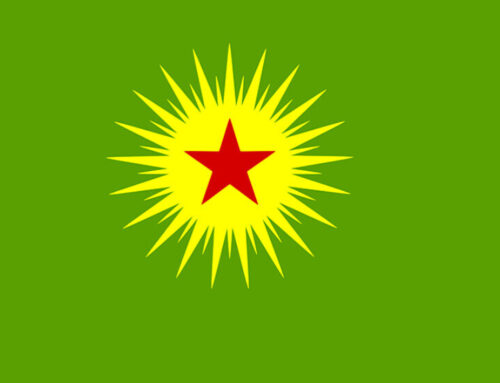
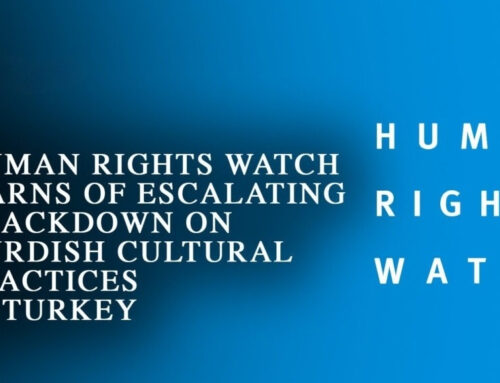
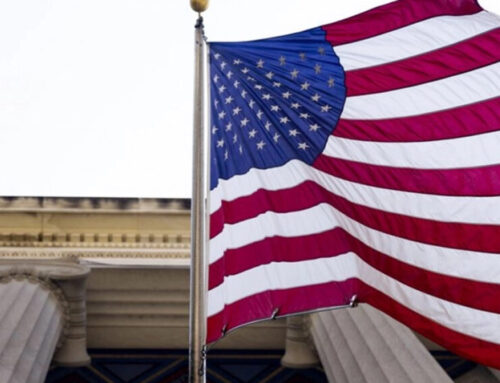
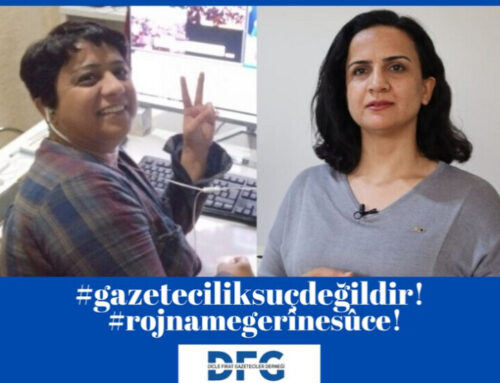
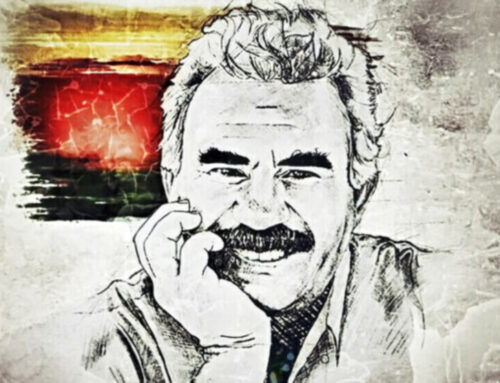

Leave A Comment